Understanding Oversized Loads in 2025: A Comprehensive Guide
The transportation of oversized loads is an essential part of logistics, especially for industries that rely on moving large, heavy equipment. Whether it’s wind turbine blades, construction machinery, or prefabricated buildings, oversized loads require careful planning, specialized permits, and strict safety measures to ensure smooth transport.
In this guide, we’ll cover what defines an oversized load, how regulations shape transportation logistics, and what steps are necessary to move these loads safely across state and national highways.
What Defines an Oversized Load?
An oversized load refers to any shipment that exceeds standard legal size and weight limits set by state and federal regulations. Generally, a load is considered oversized if:
- It is wider than 8 feet 6 inches (102 inches)
- It is taller than 13 feet 6 inches in most states (some overpasses allow up to 15 feet)
- The gross vehicle weight (GVW) exceeds 80,000 pounds
These limits vary by state, and special permits are required when transporting loads that exceed them. Some of the most common oversized loads include:
- Heavy construction equipment such as excavators and bulldozers
- Wind turbine components like blades and towers
- Prefabricated structures including mobile homes and modular buildings
- Industrial machinery used in manufacturing and energy production
For a more detailed breakdown of federal size regulations, visit the Federal Highway Administration (FHWA) website.
Legal Regulations for Oversized Loads
The legal framework surrounding oversized loads has been developed over decades to protect infrastructure, regulate freight movement, and enhance road safety. Several key laws and regulations define how oversized loads can be transported:
Federal Oversight
The Federal Highway Administration (FHWA) was established under the Federal Highway Act of 1956 to maintain and manage the U.S. interstate system. Over time, amendments have introduced more stringent rules for oversized load transport to minimize risks and ensure infrastructure protection.
National Network (NN) Regulations
The National Network (NN) was formalized under the Surface Transportation Assistance Act (STAA) of 1982. These regulations, detailed in the U.S. Code of Federal Regulations (23 CFR 658), establish size and weight limits for vehicles operating on national highways.
These regulations ensure that vehicles moving oversized loads do not compromise public safety, damage critical infrastructure, or obstruct essential transportation routes. They also create standardized guidelines that allow logistics professionals to plan oversized load transport with greater efficiency.
Requirements for Oversized Load Permits
Moving oversized loads requires obtaining the correct state-issued permits. These permits vary by state and must be obtained before transport begins. A permit application typically includes:
- Exact load dimensions (length, width, height, and weight)
- Specified transport route (some roads may have restrictions)
- Travel time restrictions (many states limit oversized loads to daylight hours)
- Escort vehicle requirements (for especially large loads)
Weight Limits and When a Permit Is Required
According to the Federal Government’s Oversized Hauling Guide, standard vehicle weight limits are:
- 80,000 lbs GVW (Gross Vehicle Weight)
- 20,000 lbs on a single axle
- 34,000 lbs on a tandem axle
If a load exceeds these thresholds, a permit is required. However, additional restrictions apply depending on whether the load is divisible or nondivisible.
What Are Nondivisible Loads?
A nondivisible load is any cargo that cannot be broken down into smaller parts without:
- Compromising its intended use
- Losing its value or function
- Requiring more than eight work hours to dismantle
For example, an aircraft fuselage, a prefabricated bridge section, or a large industrial transformer would qualify as nondivisible. According to Wisconsin DOT, permits for divisible loads are rarely granted unless special circumstances apply.
Safety Measures and Escort Vehicles
Since oversized loads present unique visibility, maneuverability, and safety challenges, states often require pilot or escort vehicles to accompany them. These vehicles ensure:
- Advance warning for motorists about an approaching oversized load
- Navigation assistance for the truck driver, particularly at tight turns and intersections
- Traffic control in hazardous or high-traffic areas
To comply with federal safety regulations, escort vehicles must:
- Display a bright yellow “OVERSIZED LOAD” sign
- Have flashing amber warning lights visible from 100+ feet away
- Communicate with the driver about road hazards and obstacles
Lead pilot/escort vehicle operators (P/EVOs) are responsible for staying approximately 20 seconds ahead of the cargo vehicle, warning the driver of upcoming traffic, construction zones, pedestrians, and other potential hazards. Meanwhile, rear P/EVOs monitor approaching motorists, report any cargo shifting, tire issues, or tie-down malfunctions that could pose a safety risk, and assist the oversize load driver in changing lanes or merging onto highways by securing the necessary lanes for safe passage.
For more details on escort vehicle requirements, visit the Pilot/Escort Operator (P/EVO) Guide.
Measuring Oversized Loads: Exemptions and Special Considerations
Not every part of a truck or trailer is factored into its total dimensions. Some exemptions apply to:
- Rearview mirrors, turn signals, and safety lights
- Small, non-cargo-carrying attachments at the front of a trailer
- Load-induced tire bulge
These exemptions prevent vehicles from being classified as oversized due to minor protrusions. More information on measurement exclusions can be found in the Federal Width & Length Regulations.
Reader interactions
One Reply to “Understanding Oversized Loads in 2025: A Comprehensive Guide”
Comments are closed.

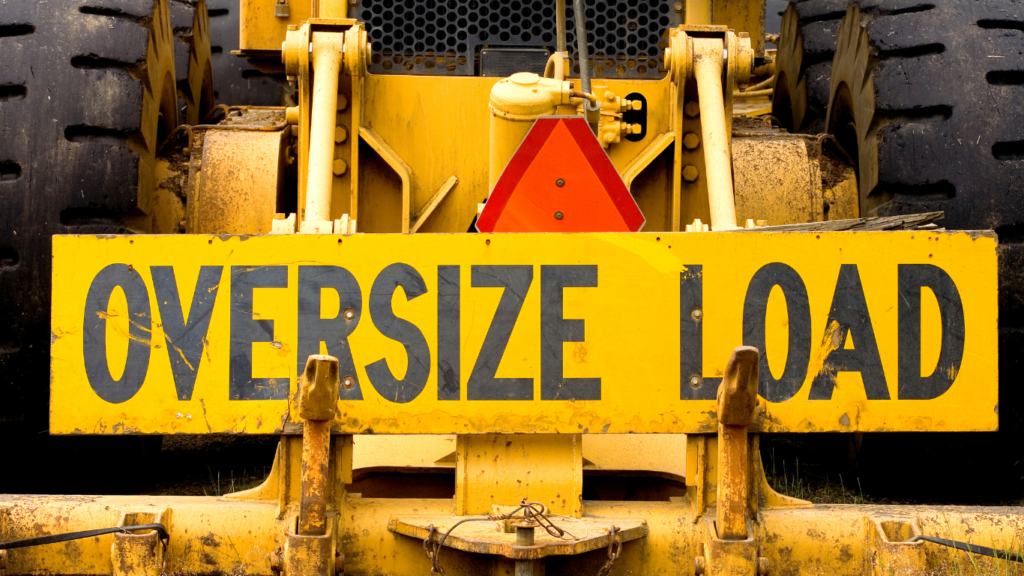

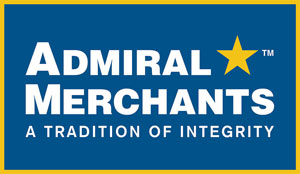



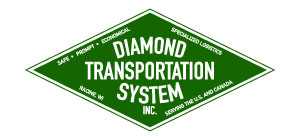



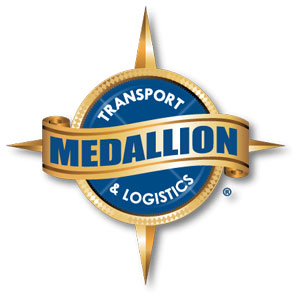





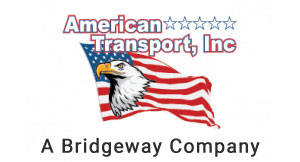
[…] includes movement of E-bar, ramp services, decking, and pad services, along with accommodations for oversize load trucking. Trucking companies offering the service have special equipment that protects the freight, […]